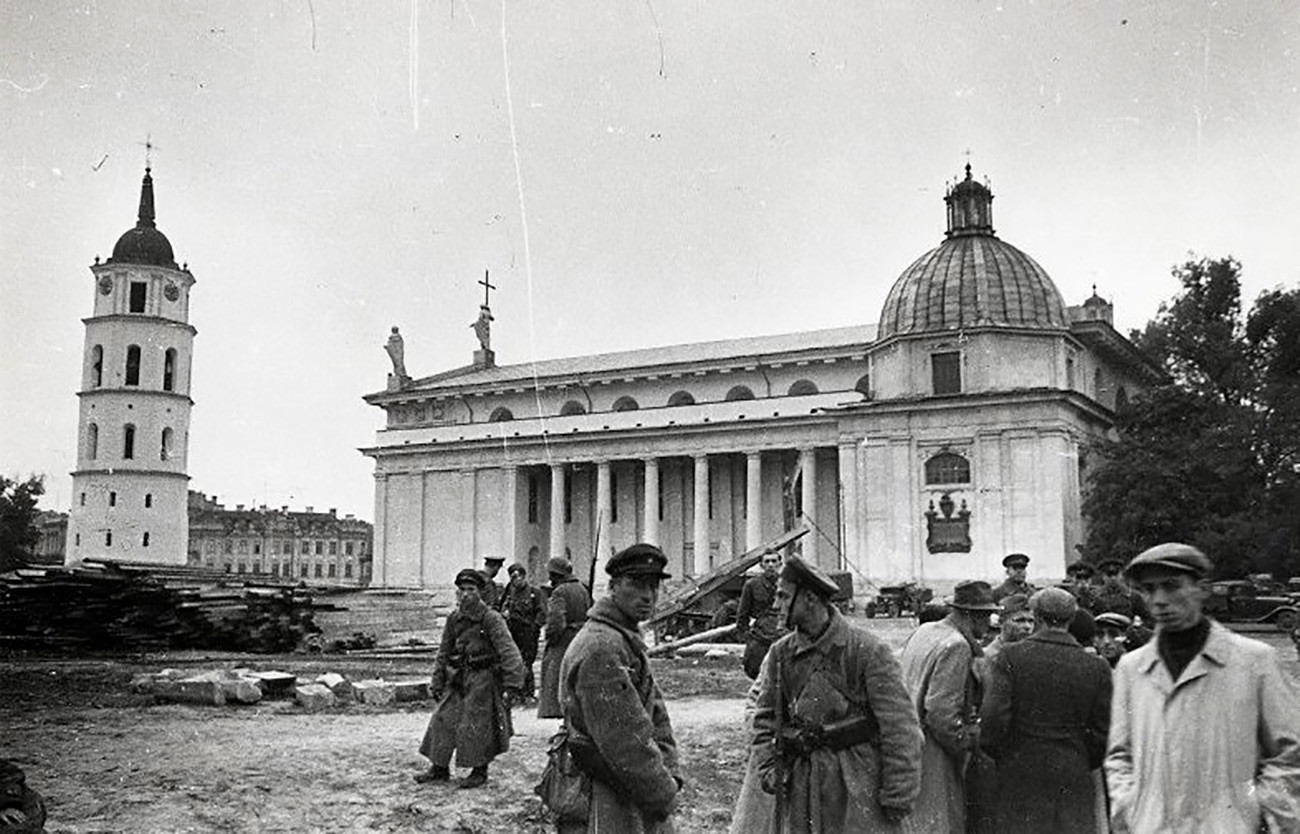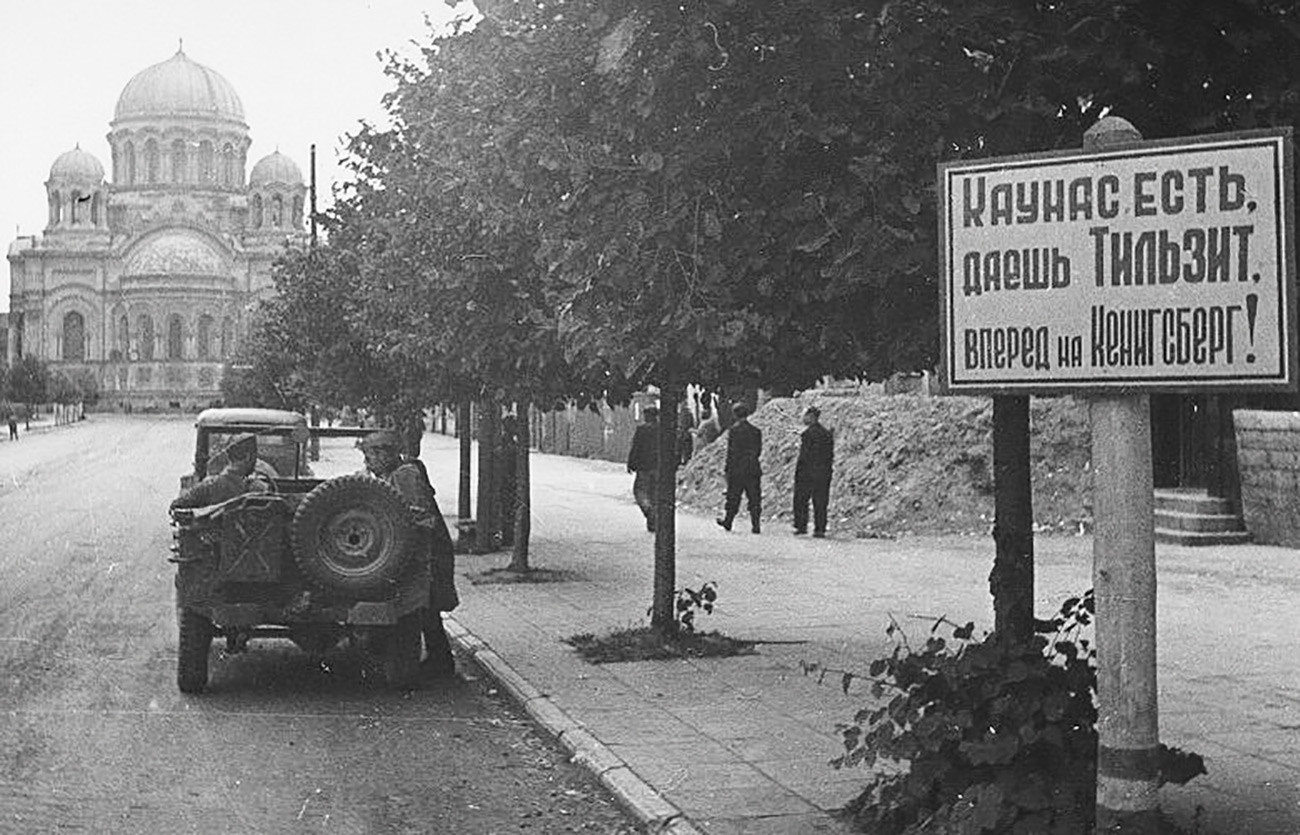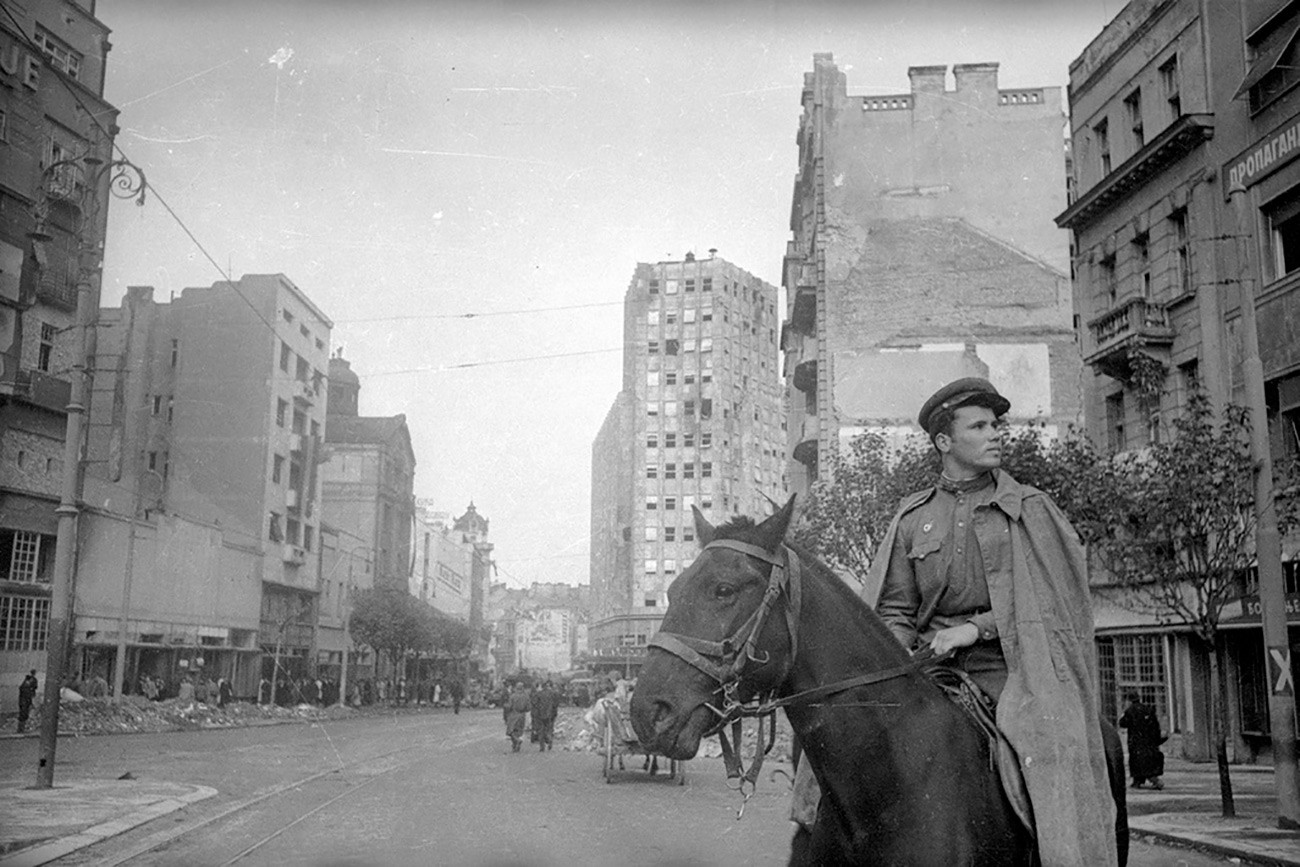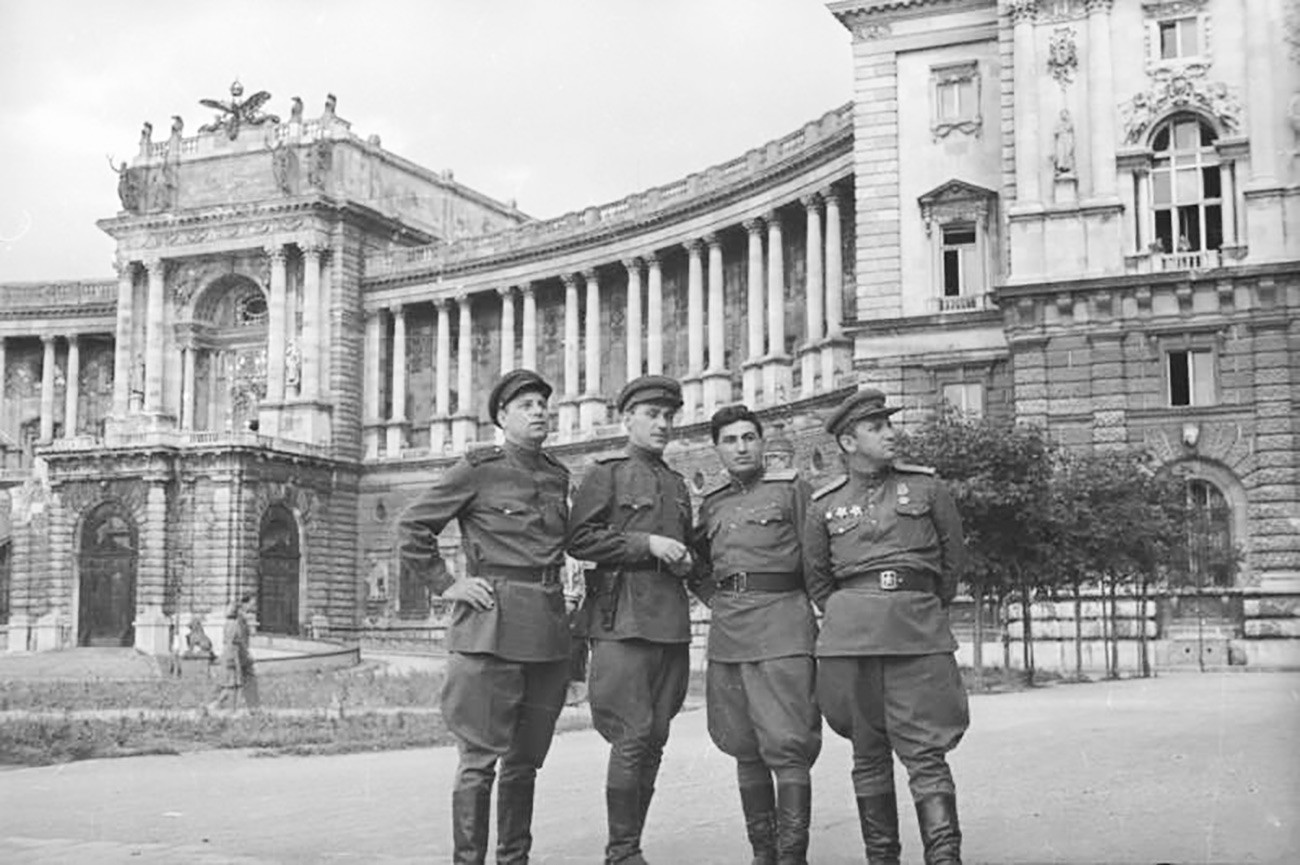How the Red Army liberated Europe during WWII (PHOTOS)

Minsk (July 3, 1944)
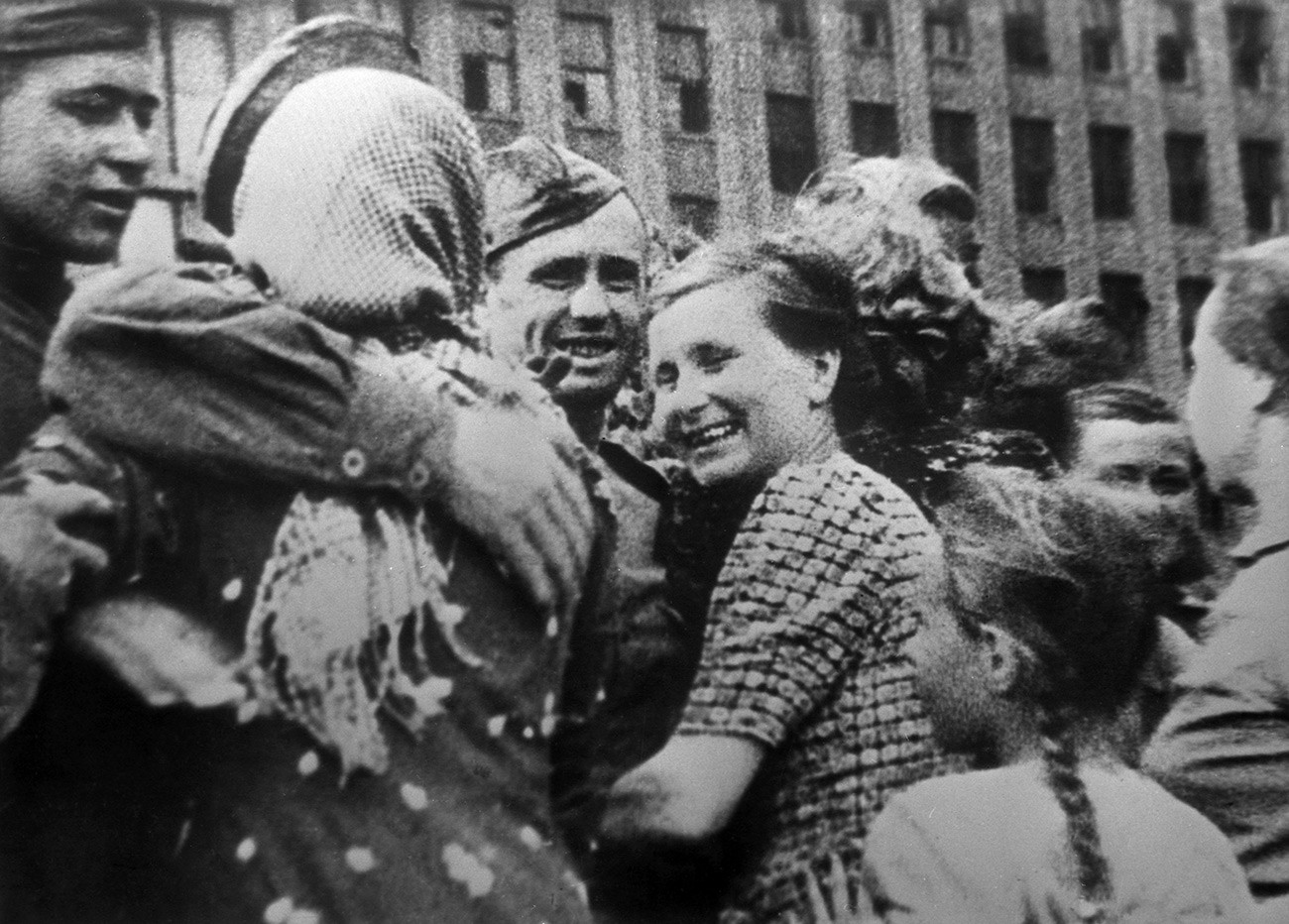
Launched in late June 1944, this major Soviet offensive in Belarus, known as Operation Bagration, inflicted upon the Germans their greatest ever military defeat. Up to half a million enemy soldiers were killed, and the whole Group Army Center was destroyed in the process. By July 3, the Red Army had completely liberated Minsk.
Vilnius (July 13, 1944)
The capital of Soviet Lithuania was a strategically important point on the way to East Prussia. The city was encircled by the Red Army on July 9, and after fierce street fighting was liberated by July 13. Significant assistance to the advancing Soviet troops was provided by Lithuanian partisan units, who attacked the city from the south.
Kaunas (August 1, 1944)
During occupation, the second largest Lithuanian city, Kaunas, was turned by the Germans into a powerful fortress. Despite this fact, it took just several days for the Soviet troops to liberate the city. Starting on July 29, two major strikes by the Red Army cut in half and annihilated the German garrison. Then another problem arose - Kaunas was teeming with mines. Over 5,500 of them were found and removed from the city and its outskirts.
Chisinau (August 24, 1944)
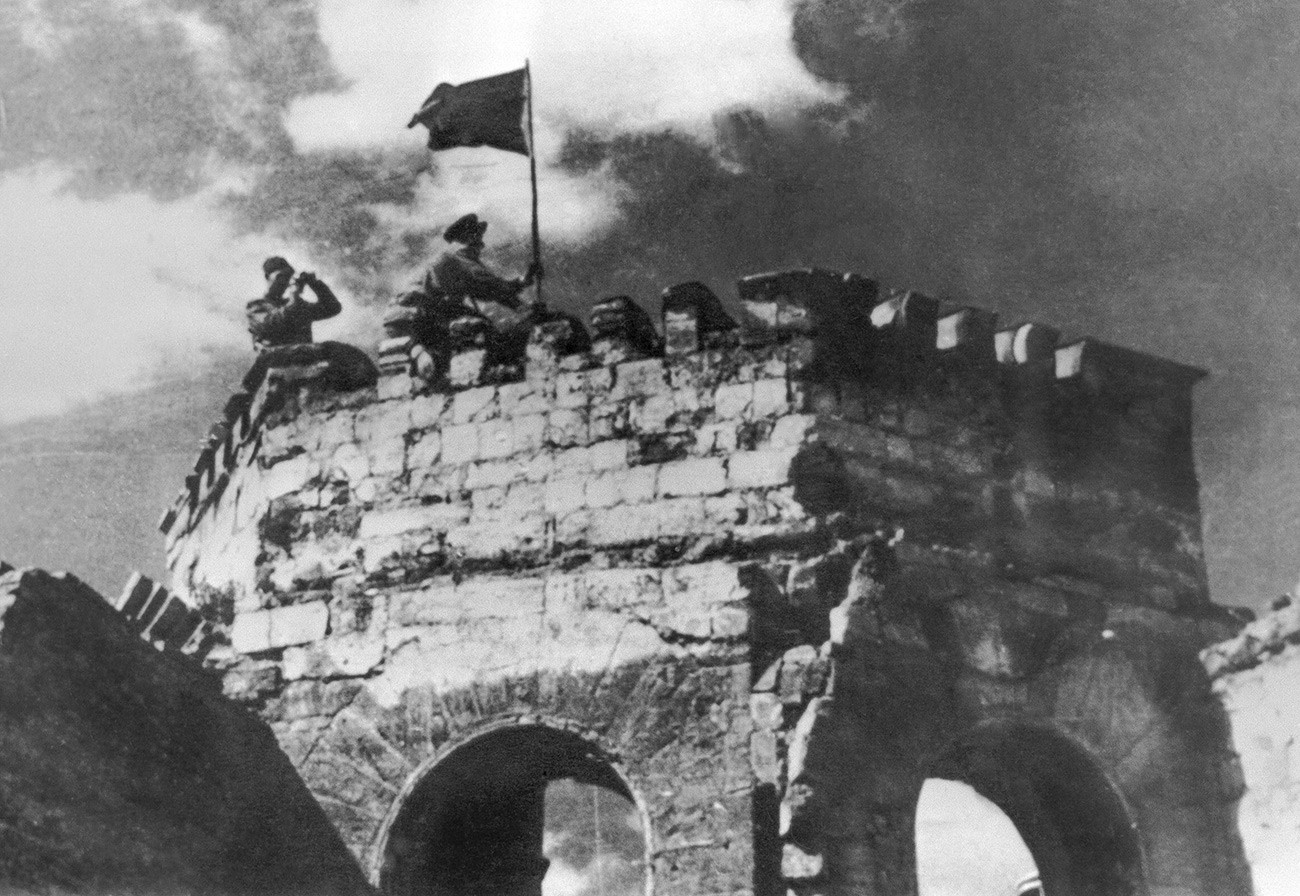
The liberation of Moldova and its capital Chisinau is acknowledged as one of the most successful operations of the Red Army during WWII, one of the so-called “Stalin’s ten blows.” As a result of the operation, the Army Group South Ukraine, which included both German and Romanian troops, was completely destroyed, and Romania itself left the Axis.
Bucharest (August 31, 1944)
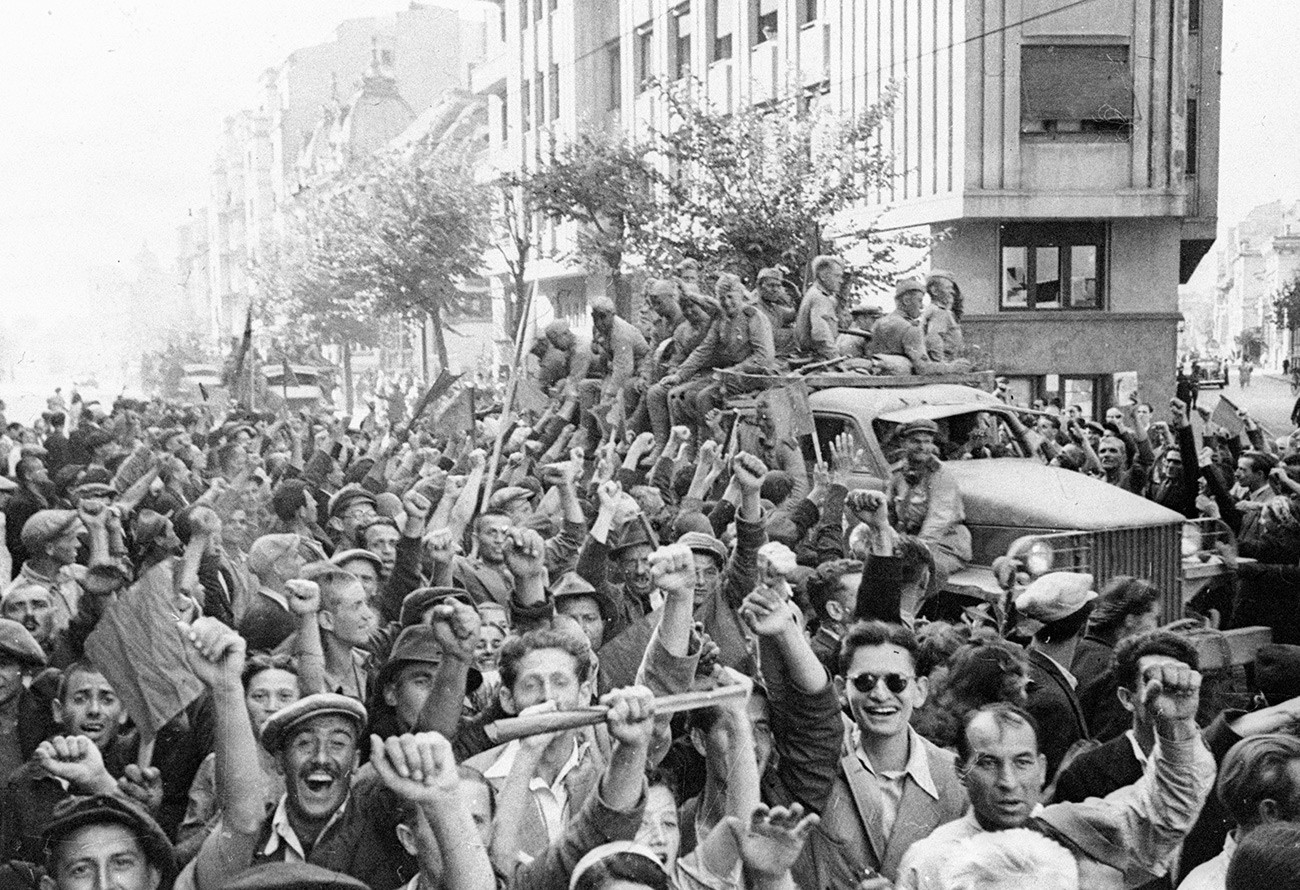
The Soviet troops effectively used chaos and disorder among the German troops, caused by the military defeats in Moldavia and the coup d'etat in Romania, and rapidly entered Bucharest without any resistance, where they were warmly welcomed by the citizens.
Tallinn (September 22, 1944)

In September 1944, the German command realized that they couldn’t hold the territory of Estonia and ordered a mass evacuation. Over 60,000 troops were evacuated out of Tallinn, while the main German forces retreated to Courland. On September 22, the Soviet troops entered the near-unprotected city.
Riga (October 15, 1944)

By taking Riga, the Soviet troops planned to cut down the German troops retreating from Estonia. However, fierce resistance by the Latvian SS troops on the city’s outskirts delayed the Soviet assault for almost two weeks and allowed the Germans to successfully move to Courland. The Red Army finally liberated the city on October 15.
Belgrad (October 20, 1944)
Active assistance in the liberation of Yugoslavia and Belgrad was provided to the Red Army by Josip Broz Tito’s Yugoslav partisans and the Bulgarian People’s Army. A series of fast and effective strikes completely cleared the Nazis from the country, annihilated the Army Group Serbia, and significantly complicated the German evacuation from Greece.
Warsaw (January 17, 1945)

The Polish capital was liberated during three days of clashes. The sudden and successful attack by the Soviet troops allowed them to cross the Vistula and gain a foothold in the city. The allied 1st Polish Army led an advance under the accompaniment of the Polish national anthem. The final strike was made by the Soviet 2nd Guards Tank Army, which made its way into the enemy rear and cut off all paths of retreat for the German garrison.
Budapest (February 13, 1945)

The Germans summoned 13 tank divisions for the defense of the city. Such concentration of tank forces was a rare thing even for the Eastern Front. Despite the German and Hungarian troops being encircled in Budapest on Dec. 29, they refused to surrender and continued to fight for more than 1.5 months.
Bratislava (April 4, 1945)
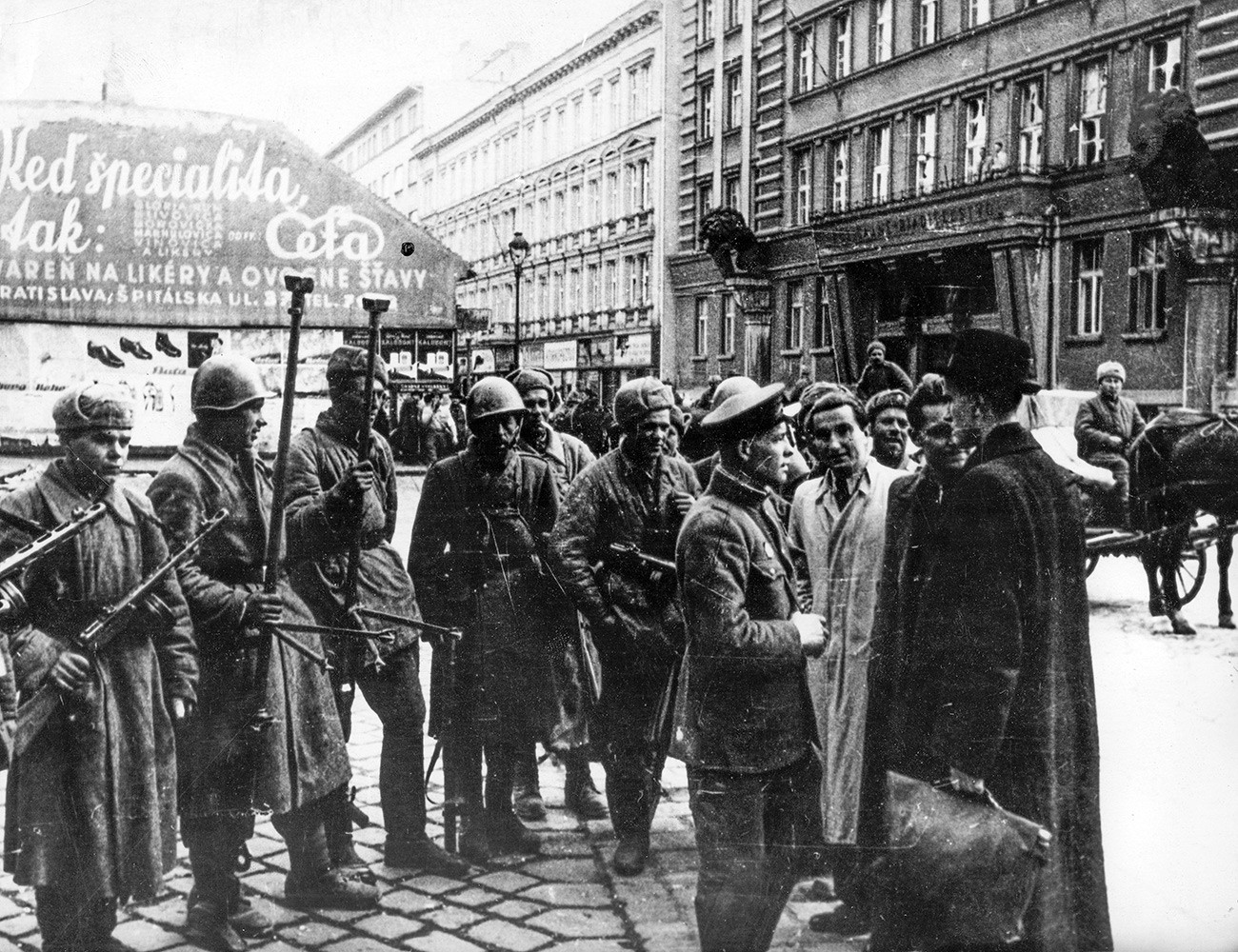
The capture of Bratislava opened a direct route for the Red Army to Prague. The German command planned to use the city as a long-term stronghold. The Soviet troops, however, avoided a straightforward assault and after a deep maneuver attacked the city from the north-west. It took two days to liberate the Slovakian capital.
Vienna (April 13, 1945)
The Red Army started its assault on Vienna from the east and south, simultaneously trying to circumvent the city from the west. The soldiers fought for every house and building that the Germans had turned into fortified positions. Under fierce enemy fire, Soviet engineers demined the city’s main Reichsbrücke Bridge. The Germans resisted frantically, and the Austrian capital was liberated only after a week of fighting.
Berlin (May 2, 1945)
In this fierce battle over the heart of the Third Reich, the Germans, along with the French, Scandinavian and Latvian SS soldiers, desperately and frantically defended each square meter, fighting for each street, square and house. It took over a week for the Soviet troops, supported by the Polish People's Army, to take the city. Clashes over the Reichstag continued even after Hitler's suicide on April 30. The last major sources of resistance in Berlin were suppressed by May 2, but separate confrontations happened even on May 7.
Prague (May 9, 1945)
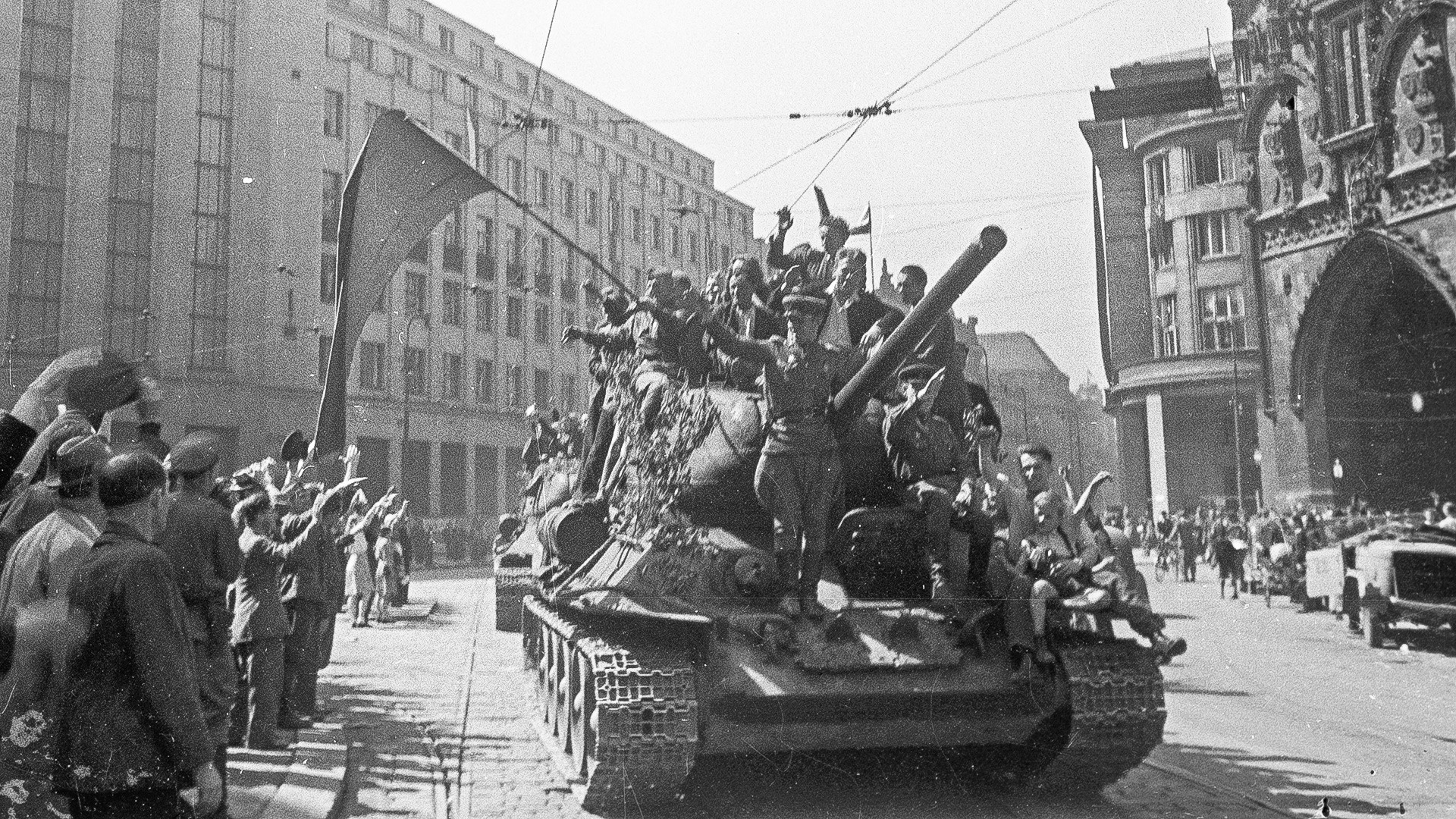
Even after the fall of Berlin and the Third Reich’s capitulation, Prague still continued to fight. The remaining German troops concentrated there in the hope of breaking through westwards and surrendering to the Americans. On May 5, Prague residents began an uprising, quickly supported by Russian collaborationists from the 1st Infantry Division of the Russian Liberation Army, who by changing sides wanted to earn forgiveness. With the arrival of the Soviet troops, the collaborationists fled to the west, and on May 9 the city’s garrison surrendered to the Red Army.
If using any of Russia Beyond's content, partly or in full, always provide an active hyperlink to the original material.
Subscribe
to our newsletter!
Get the week's best stories straight to your inbox
